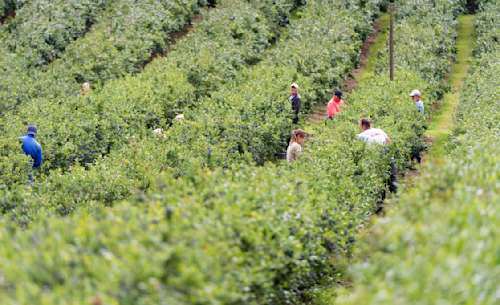
Guía Rápida: ¿Qué significa el GPSR para la seguridad de los productos en la UE?
Guías rápidas Pruebas de laboratorio Productos de consumo

De la supervivencia a la confianza: El marco de 5 pasos para ayudar a su cadena de suministro de la moda a prosperar
Guías rápidas Pruebas de laboratorio Productos de consumo

Estudio de Caso: Yoorin Fertilizantes - Pioneros en la Certificación Regenera for Inputs
Estudio de caso Alimentación

Un nuevo capítulo para la agricultura: el avance de las prácticas regenerativas en Brasil
Guías rápidas Alimentación

GLOBALG.A.P. mejora la calidad de sus productos con buenas prácticas agrícolas
Guías rápidas Alimentación

Guía rápida gratuita: Nuestras soluciones para el sector agrícola
Guías rápidas Alimentación
Reciba las últimas novedades de QIMA
Anule su suscripción en cualquier momento. Lea nuestra política de privacidad.


